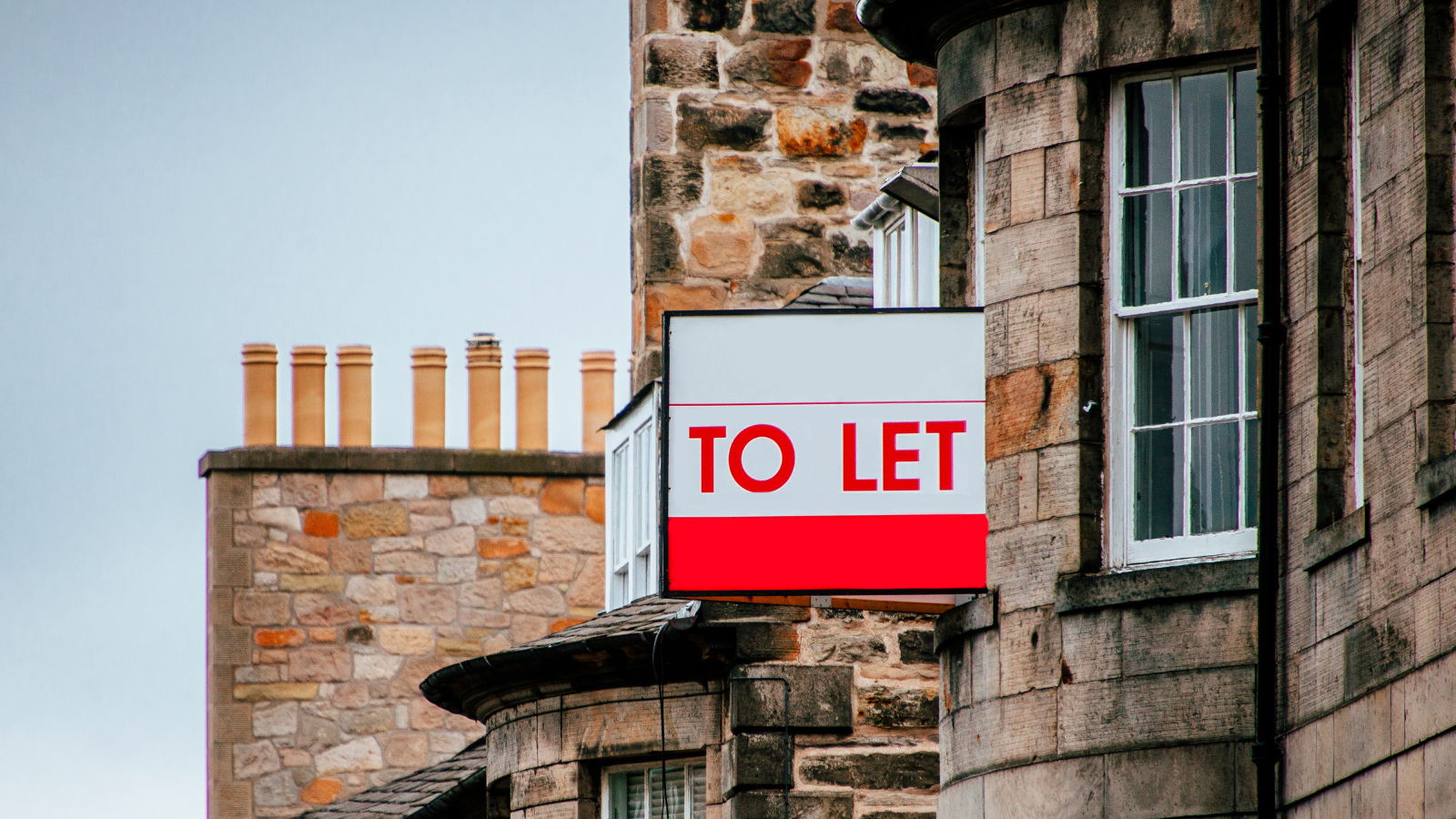- People
- Expertise
Our expertise
We are a team of more than 600 professionals, with the depth of experience which makes us genuine experts in our fields. Together, gunnercooke’s people have strength across just about every corporate discipline and sector. We provide legal, commercial and strategic advice that delivers real value to the clients we work with, which span from multinational enterprises through to not-for-profit organisations. Our breadth of expertise covers some of the most interesting emerging disciplines such as charity, crypto, sports and competition law.
Search by practice areaDispute ResolutionDispute Resolution OverviewMeet the Dispute Resolution TeamIntellectual Property DisputesFinancial Services & FinTech OverviewProceeds of CrimeEmployment TribunalTax InvestigationProperty Dispute ResolutionInsolvency DisputesMediationCivil Fraud & Asset TracingHealth & SafetyBusiness Crime & InvestigationsLitigation & ArbitrationInternational Arbitration - International
International Offices
The gunnercooke group has 16 main global offices across England, Scotland, the US, Germany and Austria, with further plans for growth in the coming years. These offices enhance the existing in-house capability of our dedicated international teams and dual-qualified experts that cover Spain, France, Italy, Portugal, Brazil, China, India, Poland and Hungary. Our team have clients across 123 jurisdictions, speak 46 languages and are dual-qualified in 21 jurisdictions. Our expertise means we can offer large teams to carry out complex cross-border matters for major international clients.
- Our story
Our story
gunnercooke is a Top 70 law firm. We comprise a rapidly growing number of experts spanning legal and other disciplines. Clients benefit from flexible options on fees to suit their needs, access to a wider network of senior experts throughout the relationship, and legal advice which is complemented by an understanding of the commercial aspects of running a business.
- Reading Room
- News & Insights

The Commercial Rent (Coronavirus) Bill was announced on 9 November 2021 and is currently on its second reading in the House of Commons. The Bill attempts to continue support given to commercial tenants during the pandemic, by ringfencing certain rent arrears and providing a new arbitration scheme to deal with the ringfenced sums. The Bill is accompanied by Explanatory Notes and a Code of Practice. There are a number of gaps still to be filled in the Bill making it difficult to anticipate exactly what the final legislation will look like and it is important to note that this is not yet passed legislation. It simply offers an insight into what the final legislation may contain.
Which Commercial Rent Arrears are ‘Ringfenced’ under the Bill?
In each case, it is going to be necessary to consider the specific nature of the tenant’s business and the detail of the impact the pandemic has had upon them.
The scope of the Bill is fairly broad and it references ‘protected rent debts’. The definition of what is a protected rent debt is not straightforward. It includes any payments under the lease, including rent and service charges attributable to part or all of the ‘protected period’, which is defined as the period during which the business tenancy was ‘adversely affected by coronavirus’.
A tenancy was ‘adversely affected by coronavirus’ if the tenant’s business or the premises demised in the lease were subject to a ‘closure requirement’. A ‘closure requirement’ is a requirement imposed under regulations issued during the pandemic requiring the closure of the businesses or premises, or parts thereof, including a requirement to close premises at a particular time every day.
The ‘protected period’ begins with 21 March 2020, and ends with 18 July 2021 for commercial premises in England, and 7 August 2021 for premises in Wales, or, if earlier, the last day on which the tenant’s business, or the leased premises, was subject to either a ‘closure requirement’ or a ‘specific coronavirus restriction’.
A ‘specific coronavirus restriction’ is defined as a restriction or requirement imposed by coronavirus regulations which regulated any aspect of the way a business was to be carried on, or how a premises was to be used, although requirements to display or provide information, and restrictions applying more generally than to specific businesses or premises, are excluded.
Increased restrictions on recovery of commercial rent
The Bill seeks to create a moratorium on the enforcement of protected rent debts during the period starting on the day on which the Bill is passed into law and ending six months later, or if the dispute is referred to the arbitration scheme, the day on which the arbitration concludes. During that period, a landlord will be restrained from issuing a debt claim, using CRAR, exercising a right of re-entry or forfeiture, drawing down on a deposit, or issuing a winding-up petition or bankruptcy proceedings in respect of ‘protected rent debts’.
Where the tenant makes a payment to the landlord during the moratorium period, the landlord must first appropriate the payment to any unprotected debt before it is applied to a protected rent debt.
To an extent, this simply extends many of the provisions already put in place during the pandemic but it does now take away the prospect of issuing a debt claim, which was the only option left open to most landlords.
Proposal Prohibitions
What is of concern is the proposal that some of the prohibitions should apply retrospectively. In particular, the Bill suggests that debt claims issued on or after 10 November 2021, which relate in full or in part to ‘protected rent debts’ will be stayed by the Court upon application by either the tenant or landlord. Any judgment given on the debt claim may not be enforced during the moratorium period, and an arbitrator appointed under the scheme proposed by the Bill may grant the tenant relief from payment of the judgment debt.
What this means is that there is a rush at the moment to try to push through and enforce debt claims before the Bill is passed and any retrospective provisions apply.
The Bill also provides that a bankruptcy petition must not be issued based upon a statutory demand claiming a protected rent debt served on or after 10 November 2021 and the end of the moratorium period, and bankruptcy orders made on or after 10 November 2021 and before the passing of the Bill into law are void, if the order would not have been made had the legislation been in force.
Finally, rent paid by a tenant since the last day of the protected period, up to the start of the moratorium, must be appropriated to any unprotected rent debt first, before a protected rent debt, and any contrary appropriation is treated as ineffective.
The Arbitration Scheme
Where the tenant and landlord are in dispute regarding a ‘protected rent debt’, either may refer the dispute to arbitration within a limited time period, being six months from the date on which the Bill is passed into law.
It should be noted that tenants and landlords who have already reached an agreement regarding the payment of a protected rent debt fall outside the scheme, and neither may make a referral to arbitration.
Following a referral, the scheme arbitrator will determine whether the tenant should be granted relief from payment of the ‘protected rent debt’. The arbitrator will take into account the following principles in making that decision.
Principles:
- Any award should aim to preserve the viability of the tenant’s business, so far as that is consistent with preserving the landlord’s solvency;
- The tenant should be required to meet their obligations to the landlord, so far as this is consistent with the preservation of the viability of the tenant’s business.
- The landlord is considered solvent unless they are, or are likely to become, unable to pay their debts as they fall due.
The Bill provides little guidance on how the viability of the tenant’s business is to be assessed. It states that the arbitrator should have regard to the tenant’s assets and liabilities, previous rental payments, the impact of coronavirus on the business of the tenant, and the tenant’s financial position. There is a little more detail in the accompanying Code of Practice, which suggests that it is relevant to consider whether, setting the ‘protected rent debt’ aside, the tenant’s business has the ability to meet its obligations and to continue trading. If the tenant has failed to pay any rent since coronavirus restrictions were lifted, that may be considered evidence that the tenant’s business is no longer viable.
Protected Rent Debt
The arbitrator will have the ability to write off all or part of the ‘protected rent debt’. Any repayment may be ordered over an extended period of up to 24 months. And interest will not be applied to those payments.
It is worth noting that, if the arbitrator determines the tenant’s business is not viable, even if relief of the ‘protected rent debt’ were applied then they will dismiss the reference to the scheme.
As currently drafted, the referral to arbitration by the tenant or landlord must be accompanied by a formal proposal for resolving the dispute. The other party then has 14 days to respond and both may put in revised proposals up to the end of the 28 day period following the initial referral. Any proposal must be accompanied by supporting evidence.
Formal Proposals
The formal proposals will need to be put in line with the section 15 principles set out what the arbitrator much consider, as the arbitrator is required, in certain circumstances, to make an award in accordance with one party’s proposal. Under the terms of the Bill, if one party puts forward a proposal compliant with the principles and the other does not, the arbitrator must rule on the compliant proposal. Where both proposals are not consistent the arbitrator must award the proposal which they feel is most consistent. If only one party makes a proposal, then the arbitrator must make that award if the arbitrator feels it is consistent with section 15 principles. Otherwise, and only in what appears to be very limited circumstances, may the arbitrator generate their own proposal consistent with the section 15 principles.
The evidence submitted with the proposals will need to be carefully considered. The Code of Practice includes a non-exhaustive list of documents that may be taken into account by the arbitrator when considering the viability of a tenant’s business, what a tenant can afford to pay, and the landlord’s solvency.
This list includes:
- existing and anticipated credit/debit balances
- business performance since March 2020
- assets
- government assistance received
- dividend payments to shareholders
- overdue invoices or tax demands
- unpaid or returned cheques or electronic payments
- exceeding overdraft limits
- creditor demands
- money judgments
- expert evidence regarding a party’s current trading position
- shortfalls in share issues
- evidence of prior refusal of further credit
- funding or lending
- failure to meet budget projections
- loss of important contracts
- insolvency of a major customer
- unexpected retentions and loss of key personnel
- staff redundancy
What should Landlords and Tenants do now?
For Landlords, the Bill represents some further potentially drastic restrictions for a further period of 6 months on their ability to recover arrears related to the ‘protected rent debts’. Notably, other arrears that are not ringfenced may still be pursued and, until the legislation is passed any debt judgments can still be enforced. Otherwise, it remains best practice to try to seek an agreement with the tenant regarding either the repayment of the arrears or judgment debt. Leaving the matter to the arbitration scheme when it comes into force should be considered a last resort due to the uncertainties around it. It is worth considering what a proposal might look like to the scheme though when considering what it might be reasonable to agree with a tenant.
Tenants should note that the new legislation will only apply to the ring-fenced ‘protected rent debts’ and not to any other arrears. It is also notable that, if rent has not been paid consistently since restrictions were lifted, then that might mean the business is considered to no longer be viable and the scheme may not apply. While the legislation is weighted in favor of tenants, there is going to be a significant evidential burden to meet and a tightrope to walk when persuading an arbitrator there are grounds to reduce repayments without going so far as to consider the business is no longer viable.
If negotiations with a landlord are not going well then, a tenant may feel they will be better off waiting and referring the matter to the arbitration scheme and, in the meantime, collating the evidence to support their proposal and ensuring payment obligations are being met as they fall due so that the business is seen to continue to be viable.






